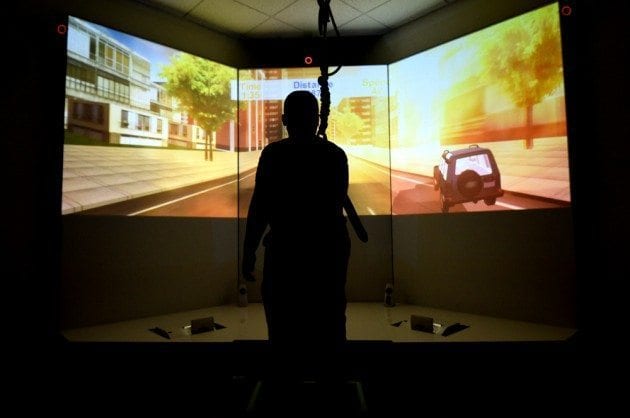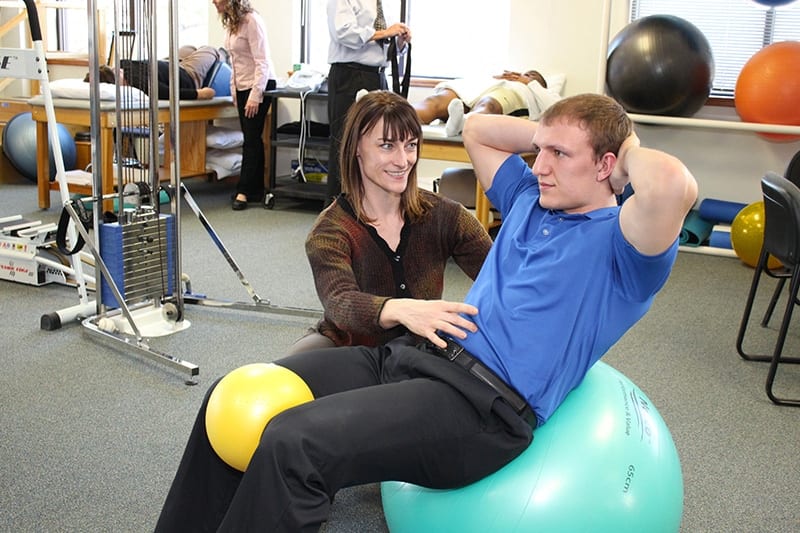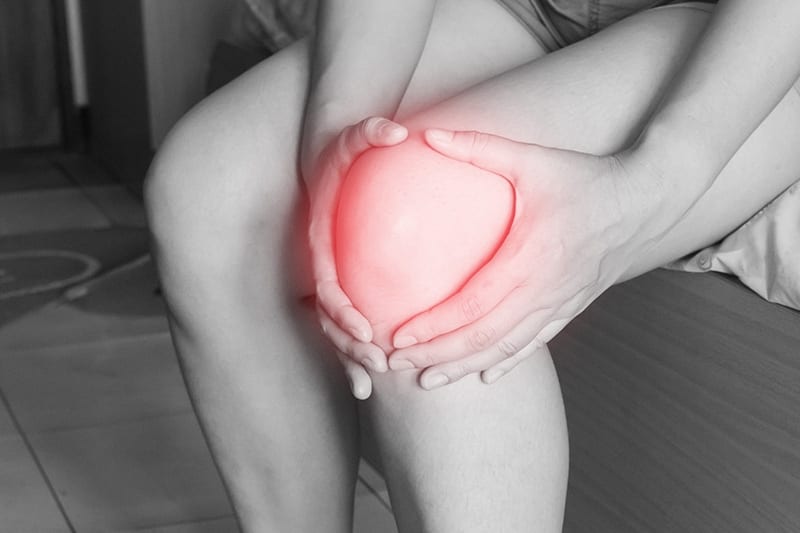 Our physical therapists are always looking for new therapeutic methods to help our patients. Is virtual reality coming to your physical therapy session? Our staff at North Boulder Physical Therapy in Boulder says it could be.
Our physical therapists are always looking for new therapeutic methods to help our patients. Is virtual reality coming to your physical therapy session? Our staff at North Boulder Physical Therapy in Boulder says it could be.
According to a Live Science article, examples of how virtual reality can be used in physical therapy may include:
- A stroke patient exercises their weak arm by reaching for virtual spaceships within their reach.
- A patient suffering from chronic pain uses their head to bat virtual balls at virtual cartoon bears.
- A veteran with post-traumatic stress disorder helps deal with his battlefield experiences in a safe virtual environment.
These examples of how virtual reality can be used, show how treatments that used to be offered only to severe cases in clinical settings because it was so expensive, can now be offered to almost everyone.
Just a short time ago, virtual reality therapy required expensive headsets, and motion-tracking sensors along with a dedicated game console or a fast-processing PC with a heavy-duty graphics card and it could end up costing thousands of dollars. The cost prohibited many from using it.
But now the virtual reality hardware, including the new headsets that can use a smartphone, are going down in price, making it more affordable to more people. For example, according to the Life Science article:
- Samsung’s Gear VR costs around $99.
- Google’s new soft Daydream View, which comes with a Bluetooth controller and limited motion-tracking controller, currently sells for $79.
- The Mi VR Play from Chinese tech giant Xiaomi is only $29.
- Mobile VR startup, VicoVR, which is developing an affordable full-body tracking system, is expected to ship their first units by the end of the year.
For a long time, people have been looking forward to the time when virtual reality could be used at home to help people with chronic pain or with physical therapy. Now it’s here. The potential for helping people with physical and mental problems is wide open.
Here is how virtual reality can be effective.
Immersion
With the affordability of virtual reality equipment and the opportunity to use it almost anywhere, it will be able to offer full immersion. The virtual reality sensors can be placed in the hardware, in clothing, and in other places. It’s possible now for alternate realities to be achieved with temperature-changing gloves, full-body suits that vibrate for physical sensations, and devices that give realistic smells and virtual tastes. This is truly groundbreaking.
With virtual reality being used not just visually immersive but sensory immersive as well, its hope is that the technology will assist with the recovery of patients. For example, if someone had a stroke, they may suffer from physical and cognitive impairments that make everyday movements and activities very difficult. For a stroke patient, buying groceries involves lots of skills, including mobility, planning, organization, and decision-making that may be extremely difficult to master.
A stroke patient could use virtual reality to practice the skills needed to shop in a store, like reaching for food on shelves, navigating the aisles, asking for help, and going through the checking out lane. This allows the stroke patient, used in this example, to practice their skills in virtual reality that they will need in their lives.
What’s interesting is that gaming companies are working on algorithms that can create virtual interactions in real time to match the patient’s capabilities. It could allow therapists to set the virtual reality program on a beginning level and then increase the difficulty level until the person feels confident enough to visit an actual store.
Engaged and Interactive
In an interactive virtual reality experience, it engages the brain. Instead of the boring, repetitive exercises in rehab, the patient is now involved in fun and challenging virtual reality adventures and games. Virtual reality has shown that it can get people to interact and push themselves to move in ways that they may not be able to accomplish in traditional physical therapy sessions. When they’re engaged and it’s a fun interactive experience, they often forget it’s therapy.
Augmented Reality
Of course, virtual reality therapy isn’t effective for everyone. This new technology is difficult for some people to embrace. Simulation sickness doesn’t happen a lot, but for some people, it’s a real problem.
One solution may be augmented reality, where familiar surroundings are overlaid with holographic images. Like the popular augmented reality game Pokémon Go, you are still somewhat present in the real world. You don’t have that heavy headset over your eyes and that’s all you see. For some people, that can be scary or they feel claustrophobic.
The new wearable devices like Microsoft’s anticipated Hololens and Magic Leap’s planned 3-D device may relieve some of that awkward, overbearing feeling that makes some people reluctant to use virtual reality.
Virtual reality is not quite there yet, but on the threshold of being more accessible and less intimidating so augmented reality can be used for physical therapy on a big scale.
Improved Treatments
But for many people, virtual reality is exciting and they are anxious to try it. Physical therapy can use this new technology for measurable therapeutic purposes.
The goal is for virtual reality developers and researchers to create asystematic, clinical approach to creating these new immersive therapies. Their goal within the virtual reality technology is to make programs that keep people engaged and by measuring brain activity during the tasks they can actually measure how engaged they are and with that information they can improve the design for virtual reality treatments that can be more effective.
Our staff at North Boulder Physical Therapy in Boulder is excited to see how the benefits of virtual reality technology in physical therapy can assist our patients. The potential is huge to have a positive impact on helping our patients reach their goals. Is virtual reality coming to your physical therapy session? The answer is probably yes.



